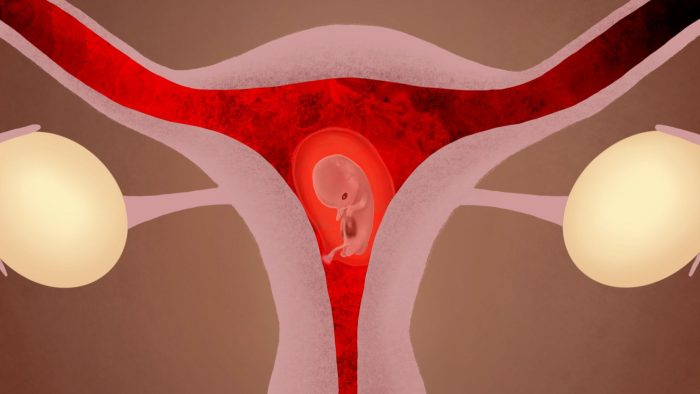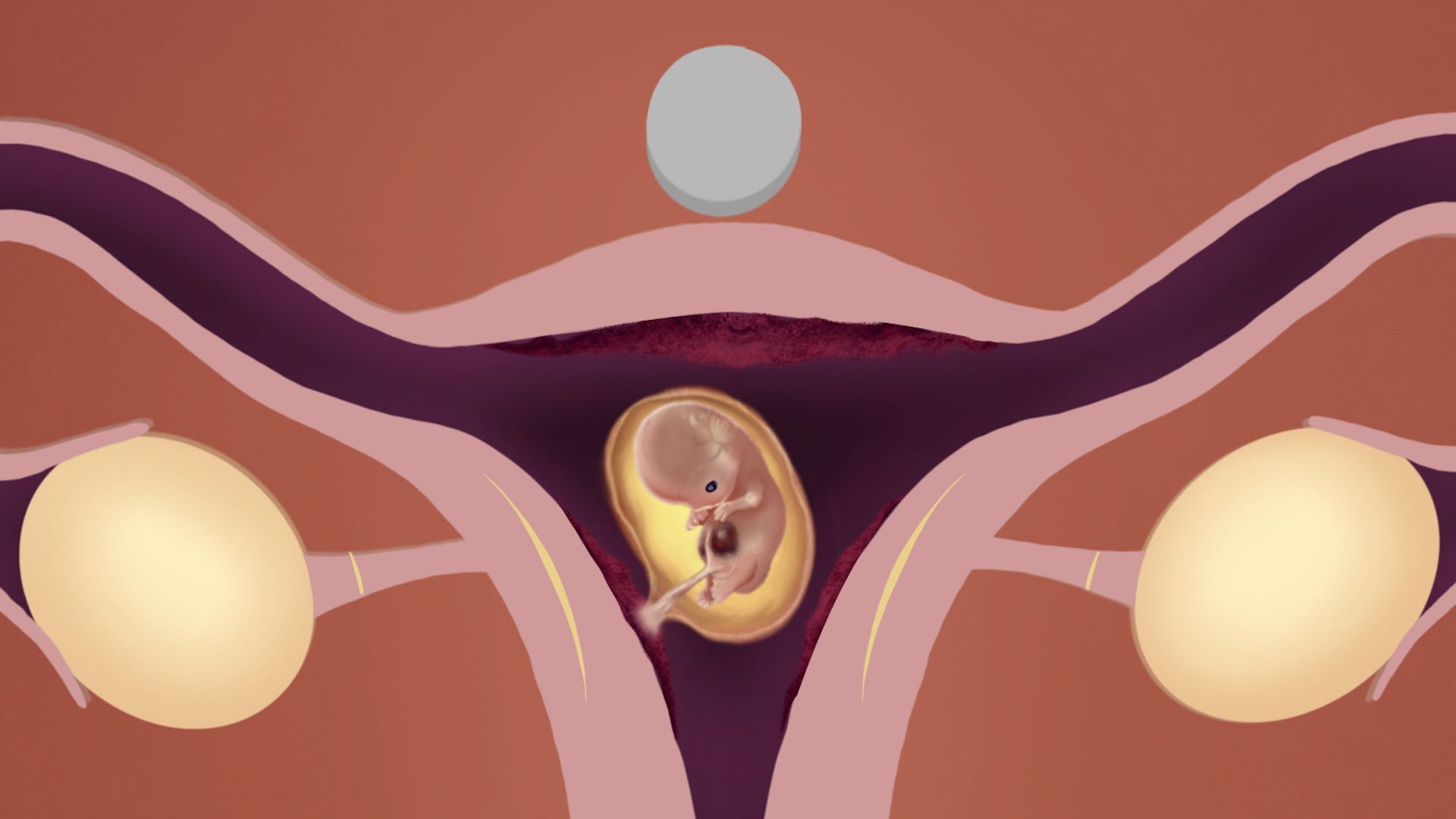The abortion pill has been approved by the U.S. Food and Drug Administration for use in the United States up to 10 weeks of pregnancy and is now the most frequently used method to kill humans in the womb. Despite the risks it carries to women’s health and lives, the abortion pill is now available to women without a prior medical exam to check for preexisting conditions or to estimate baby’s age, increasing a woman’s risk of complications. Live Action’s groundbreaking new “What is Abortion?” video series includes a video on the abortion pill, narrated by the late former abortionist Noreen Johnson, MD. In the video, Dr. Johnson breaks down what the abortion pill (chemical abortion) does and how it affects a woman’s body.
Dr. Johnson was an OB/GYN with 44 years of experience. She carried out 1,000 abortions. Before delving into what the abortion pill does, she explains the stages of the first 12 weeks of pregnancy, which is 10 weeks post-fertilization. Johnson shares that from that first moment of fertilization, the zygote has its own unique DNA which means the new human’s sex, hair color, eye color, and countless additional traits, have already been determined. By week six, this tiny human has a beating heart and the lungs and digestive system are developing. At eight weeks, the embryo responds to touch, and her brainwaves can be recorded. By 11 to 12 weeks, the baby can grasp an object, sigh, stretch, and has fingerprints.
During these weeks is when the abortion pill is approved for use.
“The abortion pill regimen consists of two steps,” explains Dr. Johnson. “Step one: At the abortion facility or at home, the woman swallows mifepristone pills. Mifepristone blocks the action of a hormone called progesterone. Progesterone is naturally produced in the mother’s body to stabilize the lining of the uterus. When mifepristone blocks progesterone, the lining of the mother’s uterus breaks down, cutting off oxygen and vital nutrients to the embryo, who then dies inside the mother’s womb.”
Dr. Johnson explains that, at this point in the process of a chemical abortion, it may be possible to stop the abortion. Abortion pill reversal involves the administration of progesterone to counteract the effects of the mifepristone and save the baby’s life. The process has been shown to be 64% to 68% effective and more than 3,000 babies have reportedly been saved by abortion pill reversal.
“Step two: 24 to 48 hours after taking mifepristone, the woman takes misoprostol by placing the pills in her cheeks,” explains Dr. Johnson. “She will experience severe cramping, contractions, and heavy bleeding to force the dead embryo out of her uterus. The process can be very intense and painful, and the bleeding contractions can last from a few hours to several days.”

Dr. Johnson notes that once the embryo has been expelled, the mother may see her now-deceased child’s body. Women have recounted the trauma and immediate regret that this caused them.
In addition to psychological consequences, women can suffer physical effects in her body from the abortion pill. The bleeding she experiences can last an average of nine to 16 days, with some women bleeding for more than a month and others requiring hospitalization, explains Dr. Johnson. Additional physical effects include abdominal pain, nausea, vomiting, diarrhea, headache, and maternal death from infection and undiagnosed ectopic pregnancy.
In addition, the failure rate of the abortion pill increases with each week of pregnancy. The failure rate of the abortion pill prior to eight weeks is as much as six percent and increases to 13% by weeks 10-11. If the abortion fails, a woman will typically be administered a surgical abortion.
“As I mentioned in the beginning, I used to perform abortions. At the time, I truly believed I was helping women,” explains Johnson. “I initially stopped doing abortions to save my reputation. I was becoming known as the town abortionist and I didn’t want that. Later, however, I came to recognize the inherent value and dignity of all human life. That’s when I truly saw the ugliness of abortion. Now I am a pro-life advocate. I am proof that anyone can change no matter who they are or what they have done.”
Health care professionals can join the Abortion Pill Rescue Network by visiting this website. For help with abortion pill reversal, visit AbortionPillReversal.com or call 855-209-4848.
Watch all of the videos in the “What is Abortion?” series here.
“Like” Live Action News on Facebook for more pro-life news and commentary!







